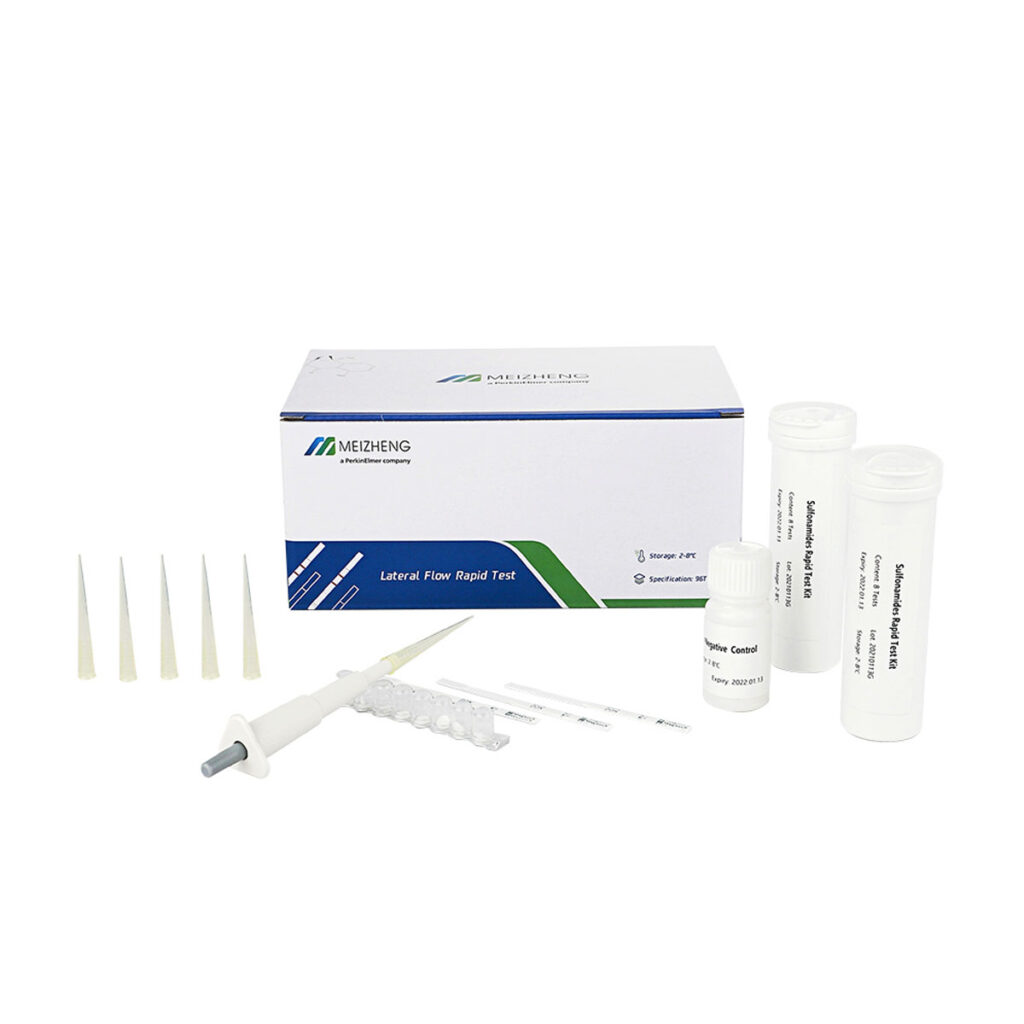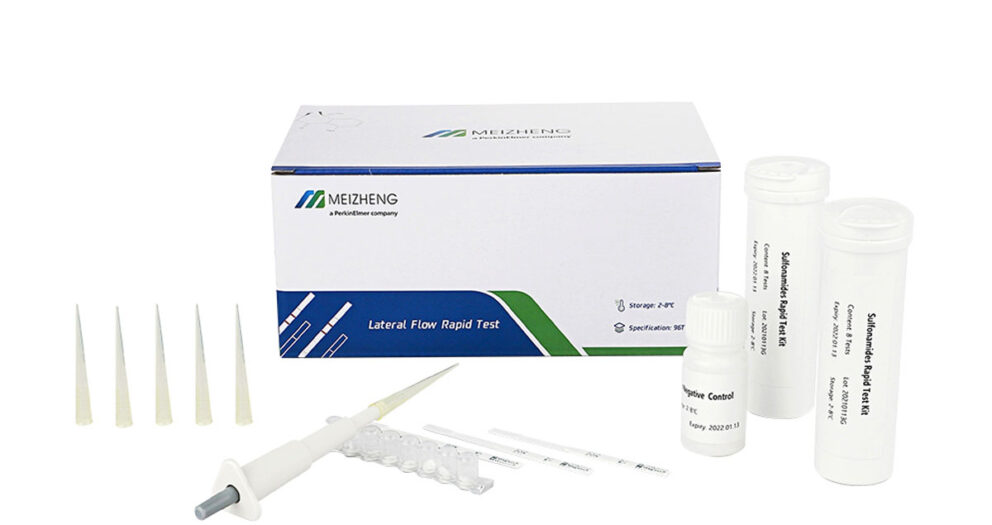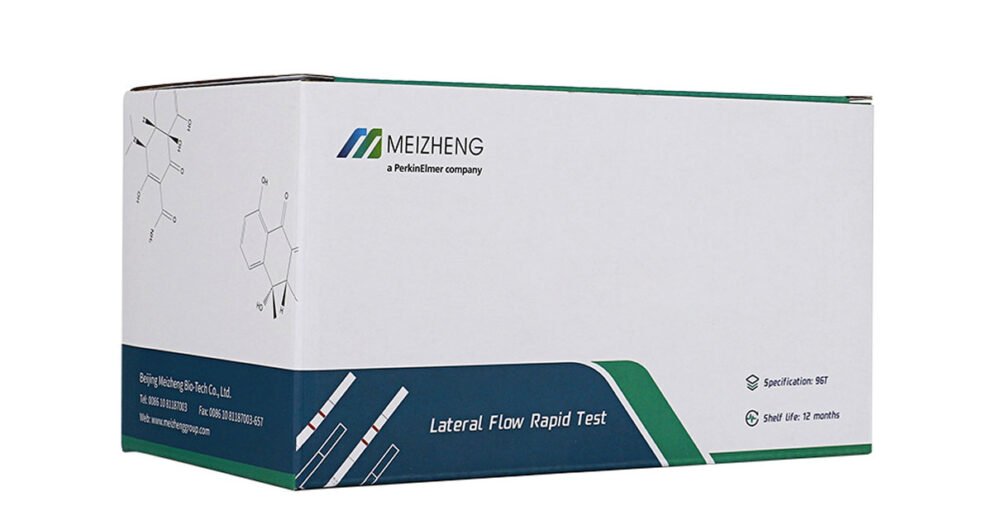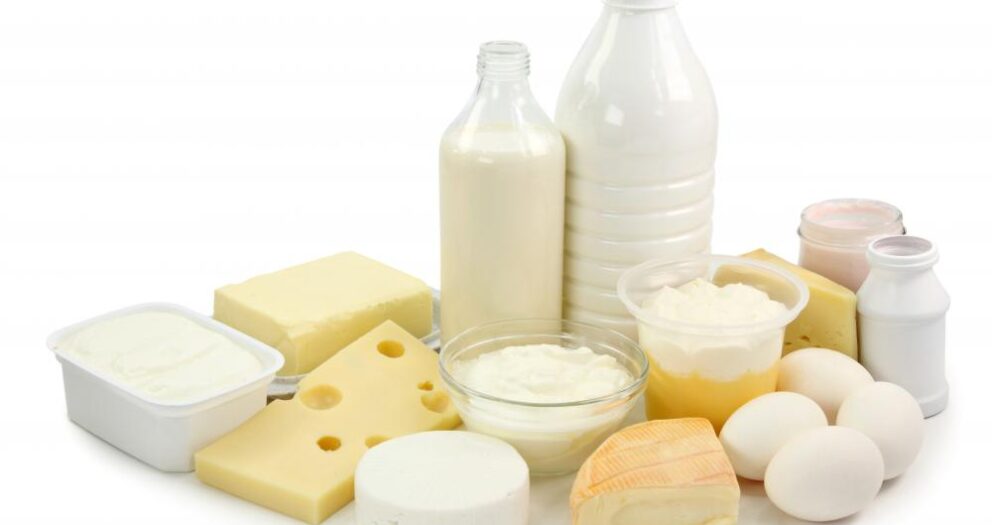Honey is a natural food with a sweet taste. The monosaccharide contained in it can be absorbed by the human body without being digested. It has a good health care effect on women, children, especially the elderly, so it is loved by people. With the increase in demand, some unqualified fake and inferior honey have also flowed into the market. In response to this situation, it is necessary to test the corresponding food safety items. The following are the common corresponding testing standards:
Sensory GB 14963-2011(3.2), GH/T 18796-2012(4.1)
Moisture SN/T 0852-2012(4.4.1)
Acidity SN/T 0852-2012(4.4.7)
Ash GB 5009.4-2010
Zinc GB 5009.14-2013
Total number of colonies GB 4789.1-2010, GB 4789.2-2010
Coliform GB 4789.1-2010, GB 4789.3-2010
Salmonella GB 4789.1-2010, GB 4789.4-2010
Staphylococcus aureus GB 4789.1-2010, GB 4789.10-2010
Shigella GB 4789.1-2010, GB 4789.5-2012
Mold GB 4789.1-2010, GB 4789.15-2010
Osmophilic yeast count GB 14963-2011

The multi-functional honey quality safety rapid test kits can quickly detect the content of honey moisture, honey acidity, starch in honey, fructose glucose in honey, hydroxymethyl furfural in honey, caramel in honey, sucrose in honey and other substances.







